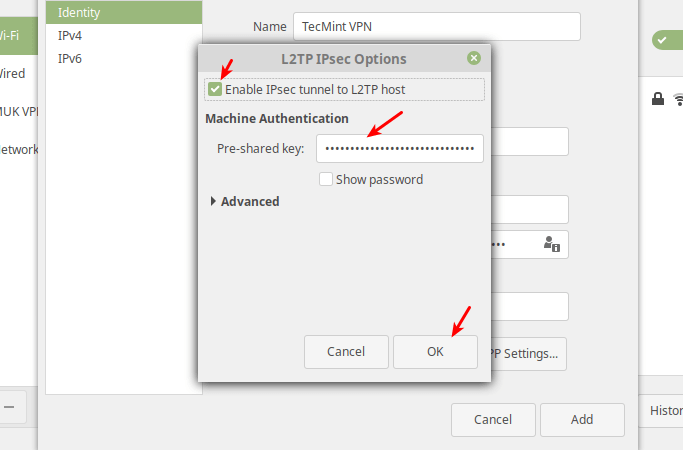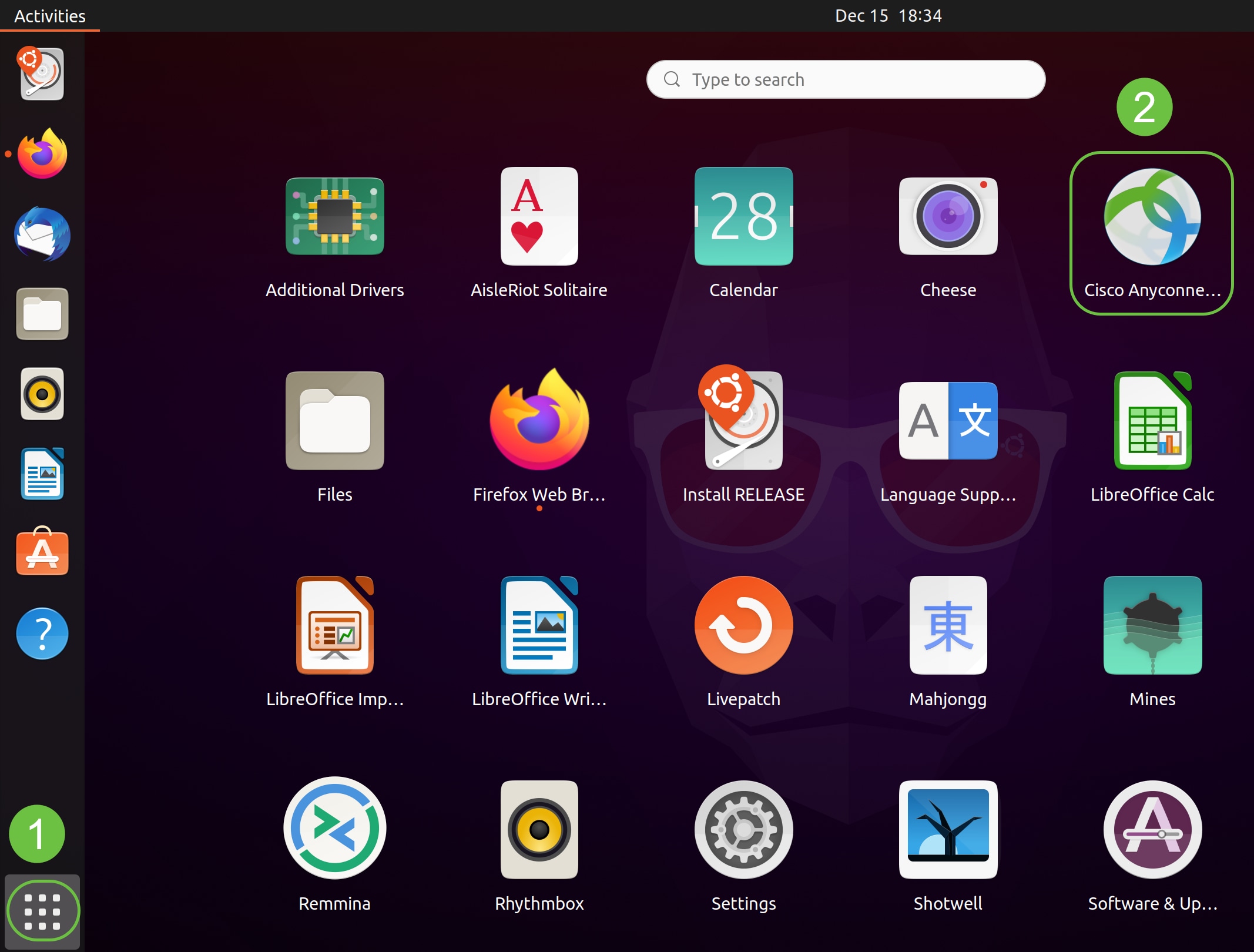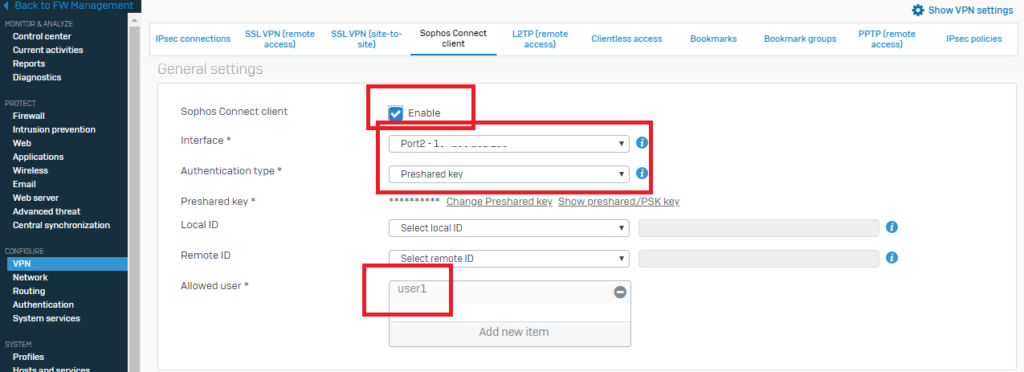
Phase1 Algorithm - use the following 3des-sha1-modp1024. Pre-shared Key - adding the key provided by your network administrator. In the IPsec Settings we need to tick the Enable IPsec tunnel to L2TP host checkbox, expand the Advanced settings, and then add three things: We now need to set our IPsec and PPP settings. We can give our VPN a name, set the VPN gateway, and add our user credentials (with optional NT Domain depending whether Active Directory is used as the authentication scheme). The main settings we need to customise to work with Cisco Meraki Client VPN are on the Identity tab. Having taken the steps above, we’ve Gnome Network Manager settings panel now includes the option to add L2TP VPN connections: Now you are ready to add your VPN connection. Install L2TP Plugins for Network Managerīy default, support for L2TP VPNs is not installed for Network Manager, so we need to install them: Therefore, I am posting this as much to remind me the next time I need to set it up as to help others. The Cisco Meraki Client VPN option provides a L2TP/IPsec based VPN using either its own internal user store, an LDAP Directory, Microsoft Active Directory, or a Radius server to authenticate users.Ĭisco Meraki provide great instructions for Windows, Mac and mobile devices, but really old instructions for Linux. Whilst their main use is to form a mesh network around our offices and server infrastructure, we also use them to enable a lightweight Client VPN solution. With my beloved, and worn, day to day laptop having to go in for repair, I had to setup a temporary laptop to work on for a few weeks.Īt work we use Cisco Meraki devices in many places, including the edge of network for our various offices. You can close the terminal connection by pressing ctrl+c in the terminal window.Photo of Meraki MX84 Meraki Firewall from Cisco Meraki website 

I needed to restart my computer before the GUI worked.

If the GUI method seems confusing or isn't working at first, try the terminal method to get details about the connection you are making. This will then prompt you for credentials and group settings, much like the Cisco An圜onnect client does. You can also initiate a connection by entering sudo openconnect YOURVPN.COM in the terminal. If you need to use the newer Cisco Anyconnect client, you can install openconnect on Ubuntu using sudo apt-get install network-manager-openconnect-gnome This will add an Anyconnect compatible option to the VPN GUI under your network settings. Vpnc replaces the legacy Cisco VPN client, which used IPSec and thus required a password for a group.







 0 kommentar(er)
0 kommentar(er)
